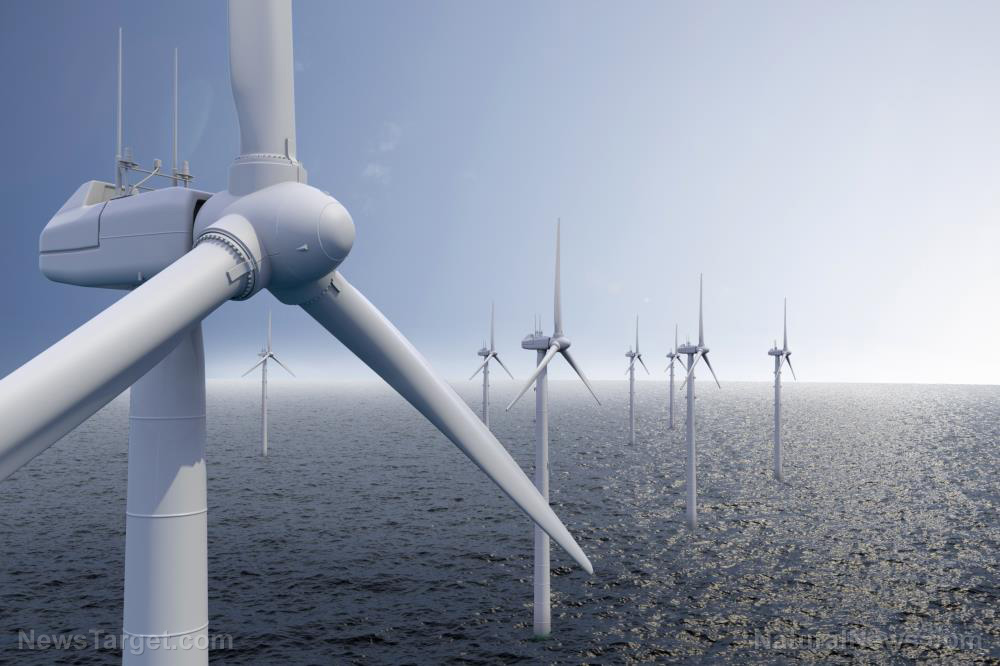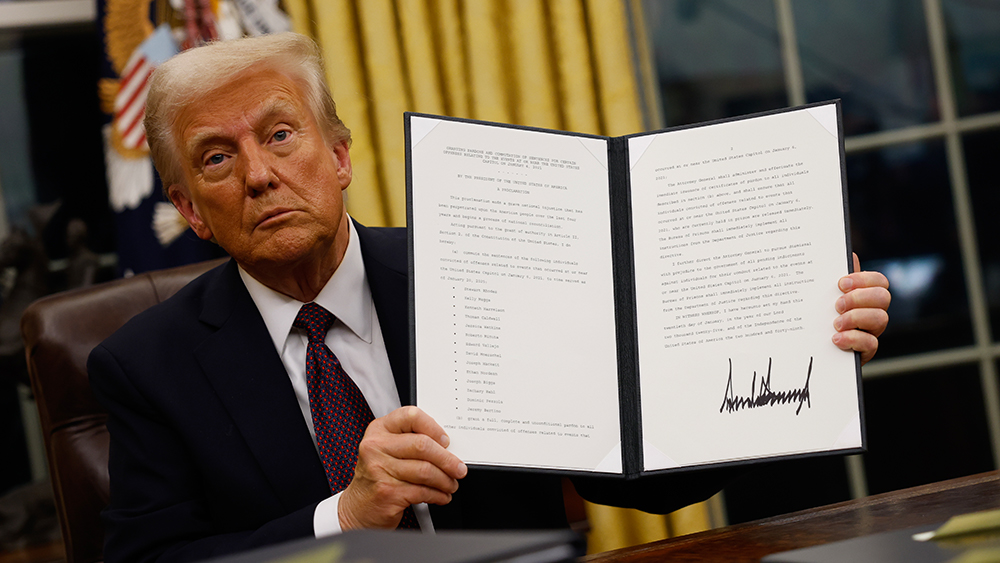Declining imports signal shift in China’s energy strategy
04/20/2025 / By Belle Carter

- China’s coal imports fell to a historic low in March 2025 due to a six percent annual decline, driven by surging domestic production, steep drops in coal prices and a strategic shift toward self-sufficiency amid oversupply and high port inventories.
- Domestic coal production soared in late 2024, averaging 11.66 million tons daily, as mines ramped up operations to address shortages and ensure energy security, particularly for winter heating amid cold weather challenges.
- Coal remains essential to China’s energy grid, accounting for over 50 percent of electricity until 2030, despite $133 billion in 2024 renewable investments. Analysts highlight coal’s role as stable baseload power compensating for renewable intermittency and rising electricity demand from industrial growth and electrification.
- Global coal markets face pressure as narrowing profit margins and Indonesia’s refusal to cut prices—due to rising production costs—push China toward domestic sourcing, depressing global coal prices and complicating profitability for exporters like Australia and Russia.
- China’s energy strategy balances renewables and coal, presenting a paradox: Investments in green energy outpace coal globally, yet new coal plants continue to be built to meet demand.
China’s coal imports fell by six percent year-on-year in March 2025, marking a historic low as domestic production surged and prices dropped to their lowest levels in four years.
Data from the General Administration of Customs of the People’s Republic of China revealed imports of 38.73 million metric tons, down from 41.38 million tons in March 2024. Meanwhile, domestic dispatch volumes averaged 11.66 million tons daily in late 2024 as mines ramped up their operations.
The decline highlights the conflicting pressures in China’s energy policy: the world’s largest coal consumer is balancing the expansion of renewable energy with its unwavering reliance on coal to meet electricity demand. Analysts note that the drop reflects weak demand, high port inventories and a strategic pivot toward self-sufficiency.
The March import figures, the first annual decline since March 2022 (excluding Lunar New Year adjustments), highlight steep domestic coal price declines. The Bohai-Rim Bay thermal coal index hit 676 yuan ($92.70) per ton on April 11, the lowest since March 2021, as oversupply prioritized domestic supply chains.
Reuters reported that China’s coal imports for the first quarter of 2025 totaled 114.85 million tons, a 0.9 percent drop compared to 2024’s 115.89 million, despite record January-February imports of 76.12 million tons. Analysts attribute the shift to narrowing import profit margins and port inventory surpluses.
Domestic coal output soars as mines reopen
Domestic production boomed in late 2024, with daily coal dispatch averaging 11.66 million tons from Nov. 1 to 5, a 1.2-million-ton increase from late September. State-owned coal mines resurged after regulatory approvals accelerated, replenishing power plant inventories after seasonal shortages.
According to the Global Times, coal stocks at power stations rebounded, easing fears of supply disruptions. The surge underscores Beijing’s commitment to energy security, even as renewable capacity grows.
While China leads in renewable energy capacity, coal remains the backbone of its power grid. Thermal power hit a record 6.34 trillion kWh in 2024 General Administration of Customs – a 1.5 percent rise annually – as renewables like solar and wind face intermittency challenges.
“Coal provides essential baseload power to stabilize grids overwhelmed by renewables,” explained Zhang Xiaoming, an energy economist at the Tsinghua-BP Clean Energy Research Center. Despite ambitious climate pledges, coal’s central role shows little sign of fading. China’s National Energy Administration estimates coal will supply over 50 percent of electricity until 2030, even as renewables double in capacity. (Related: Report: China must shut 600 coal-fired power plants to hit climate targets by 2060.)
Supplier dynamics further strained imports. Indonesian miners, facing royalty hikes and cost increases, have resisted cutting prices to match China’s domestic rates. This “price gap,” analysts say, has incentivized Chinese buyers to rely on local mines instead of overseas deliveries.
“Indonesia’s intransigence could lock Chinese power plants into domestic sourcing for months,” said Liu Zhong, a Singapore-based commodities trader. The ripple effects extend globally: lower Chinese demand contributed to falling global coal prices, complicating profitability for exporters like Australia and Russia.
The import drop comes amid conflicting signals about China’s energy future. Renewable investments reached $133 billion in 2024, toppling coal in funding globally, yet coal-fired plants are still under construction. The National Bureau of Statistics warned that rising electrification, driven by electric vehicles and industrial growth, will heighten power demand, requiring coal to “compensate for systemic gaps.” Critics argue this approach clashes with China’s goal to peak carbon emissions by 2030.
A decade of global coal dependence
China’s coal dominance is no recent phenomenon. Since overtaking the U.S. as the top coal producer in 2009, China has fueled 40 percent of the world’s total consumption. Despite climate policy pledges, its coal fleet expanded by 297 gigawatts between 2015 and 2023. This trajectory clashes with global climate goals, but aligns with Beijing’s pragmatism, the state must balance climate targets with energy security and economic growth. The March import data adds another layer to this balancing act, revealing an economy increasingly insulating itself from resource volatility.
China’s dual paths – greening the grid while deepening coal – reflect a nation straddling progress and pragmatism. The March import slump isn’t a departure from strategy but a symptom of its execution. As Beijing strengthens domestic coal to control costs and carbon, the world watches whether this balancing act will slow global emissions or merely prolong the fossil fuel era. For now, the answer burns bright in the smoky skies of Chinese power plants.
Similar stories can be found at GreenNewDeal.news.
Watch the video below where Trump says he will boost the production of beautiful clean coal in the United States.
This video is from Cynthia’s Pursuit of Truth channel on Brighteon.com.
More related stories:
Trump’s bold coal revival: A key pillar of a diversified energy strategy.
China’s manufacturing and industrial hubs hit by power shortages.
Sources include:
Submit a correction >>
Tagged Under:
China, climate change, coal, coal dependence, coal imports, domestic production, energy sources, energy supply, Green New Deal, green tyranny, mining, renewable
This article may contain statements that reflect the opinion of the author



















